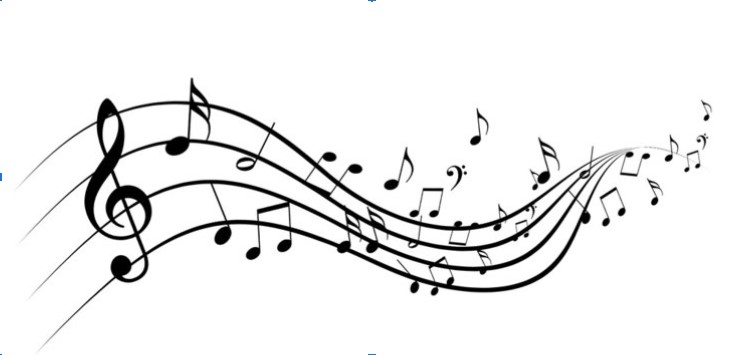Harmony is a fundamental aspect of music that can profoundly impact how a piece is perceived and felt by the listener. It involves the combination of different musical notes played or sung simultaneously to create a pleasing sound. Understanding harmony and its nuances is crucial for any musician looking to craft emotionally captivating compositions. Here’s a deeper look into what harmony is and how you can use it to enhance your music.
- The Basics of Harmony
At its core, harmony refers to the vertical aspect of music, where notes are stacked upon each other to form chords. These chords create a sense of depth and texture, contrasting with melody, which is the horizontal sequence of notes. The interaction between different chords and how they resolve creates tension and release, which can evoke various emotions in listeners. Common harmonies include consonant ones, which sound pleasant and stable, and dissonant ones, which create a sense of tension or unease.
- Types of Harmony
There are several types of harmony in music, each serving a unique purpose. Diatonic harmony involves using notes that belong to a specific key, creating a cohesive and predictable sound. On the other hand, chromatic harmony incorporates notes outside the key, adding color and complexity. Parallel harmony moves the same interval between two melodies, while contrary motion harmony moves in opposite directions, creating a dynamic and often dramatic effect. Understanding these different types allows composers to craft music that resonates with listeners on multiple emotional levels.
- Using Harmony to Create Emotion
Harmony is a powerful tool for creating emotion in music. By carefully choosing chord progressions and intervals, you can evoke specific feelings. For example, a progression moving from a major to a minor chord can convey a shift from happiness to sadness. Adding seventh or ninth chords can introduce a sense of longing or suspense. Experimenting with dissonant intervals can create tension that resolves into a harmonious chord, providing a satisfying release that can feel uplifting or cathartic to the listener.
- Techniques for Developing Harmony
To create emotionally captivating harmony, start by mastering basic chord progressions and then explore more advanced techniques. Try substituting chords with more complex or unexpected alternatives, such as using a diminished or augmented chord in place of a standard major or minor chord. This can add a surprising twist to your composition. Additionally, experiment with different voicings and inversions of chords to alter the texture and mood of your harmony. Understanding voice leading, which is the smooth movement between chords, can also greatly enhance the emotional impact of your music.
- Learn from the Masters
Studying the works of great composers and musicians can provide insight into how they use harmony to create emotionally powerful music. Classical composers like Bach and Beethoven were masters of harmony, utilizing complex chord structures and progressions to evoke deep emotions. Jazz musicians like Miles Davis and John Coltrane pushed the boundaries of harmony with their use of modal interchange and altered chords, creating unique emotional landscapes in their music.
By understanding and experimenting with different harmonic techniques, you can develop your own style and create compositions that are emotionally captivating. Harmony is more than just a combination of notes; it’s a powerful means of expression that can connect with listeners on a profound level. Learn more about how to use harmony effectively in your compositions to craft music that resonates deeply with your audience.






